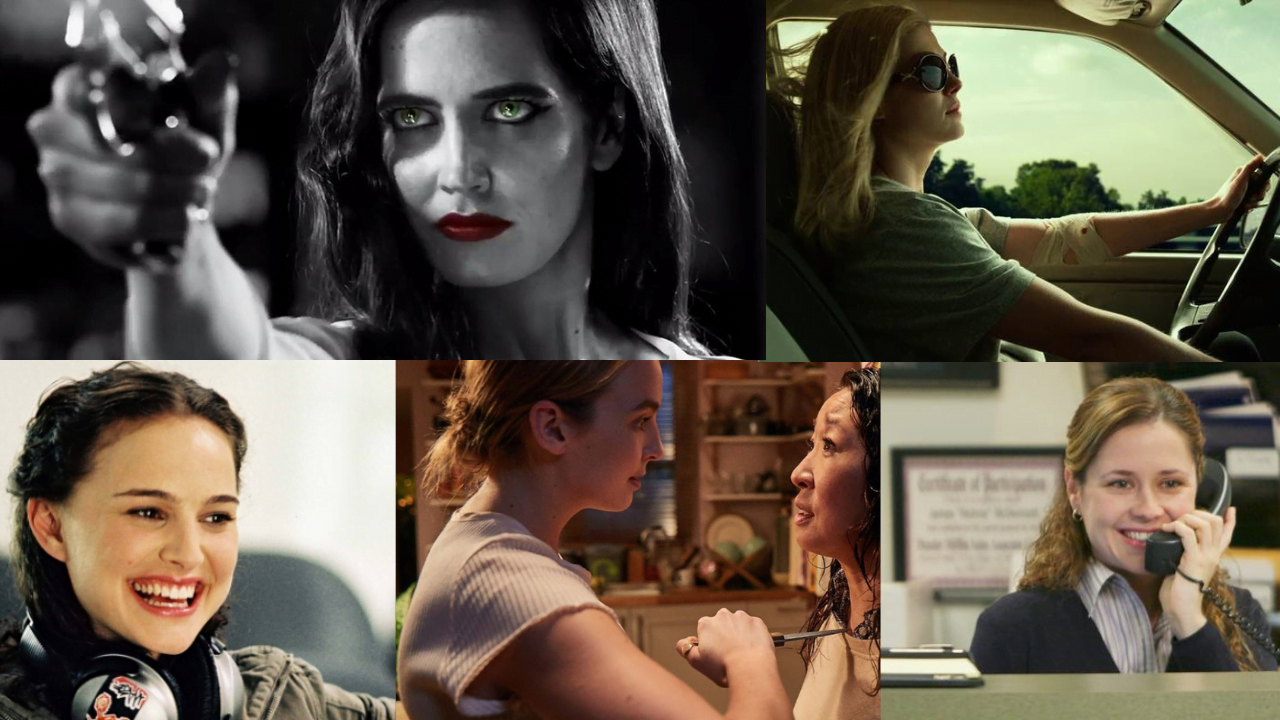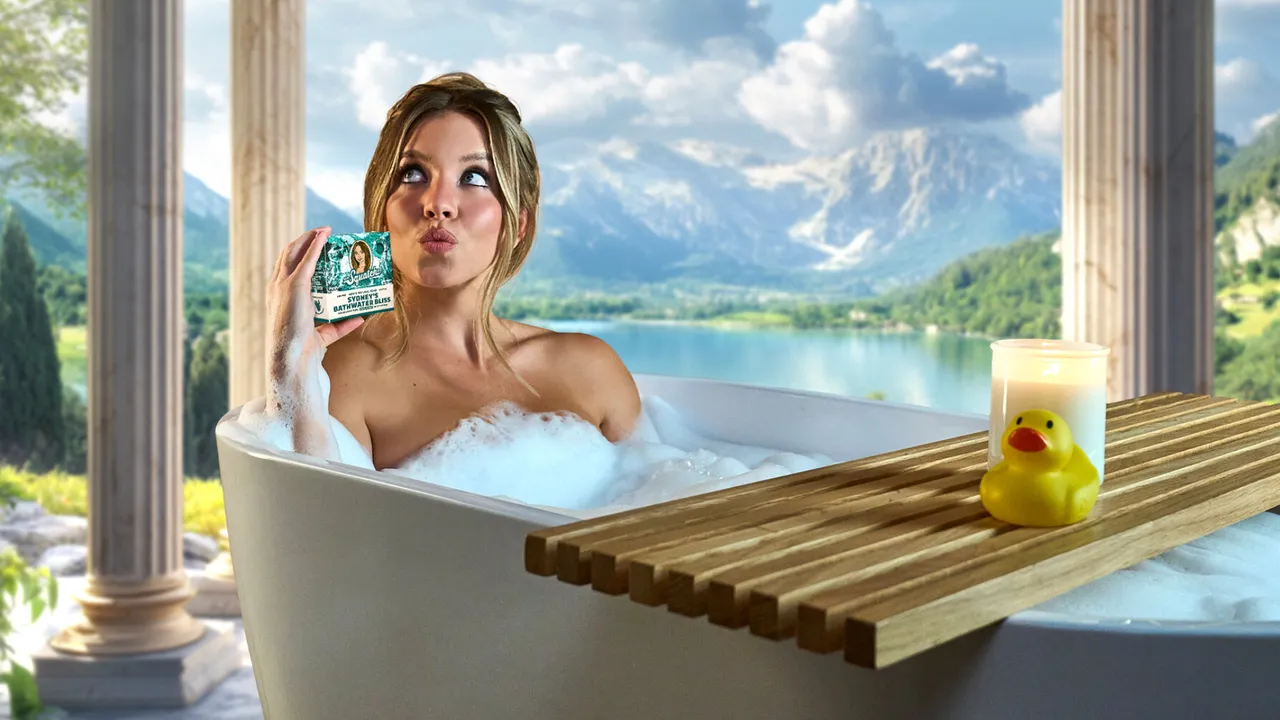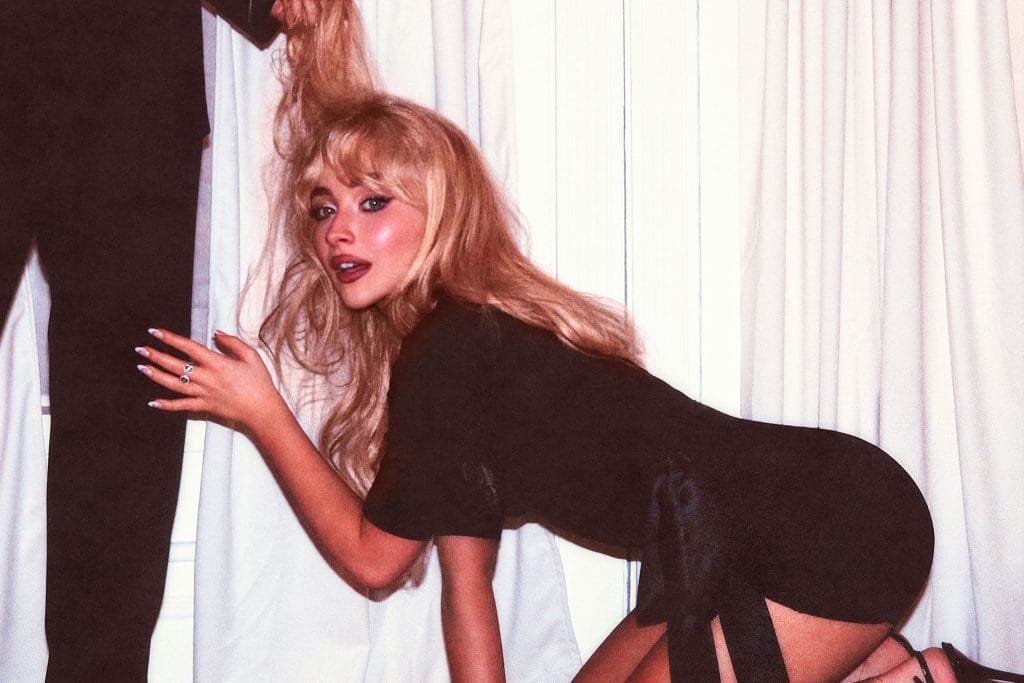There is no dearth of tropes that women have been fitted-into, where they are not developed into fully-realised humans. Tropes have characteristic features, predictable storylines, stock imagery and defining values.
Very often, tropes used for women create characters that exist either to please, support or adorn their male counterparts. These tropes set ideals for how women in real life should behave. They heavily govern and restrict sexual agency, consent, and the right to express desires without shame or judgment. While all tropes may not necessarily be bad, in the larger context of the male gaze the stagnant nature of the tropes produces unidimensional female characters.
For long, women have come to be compartmentalised in a dichotomous portrayal as either the virtuous and pure, ‘Madonna,’ or the promiscuous and immoral, ‘Whore.’ The Madonna-Whore complex is a psychological concept that has permeated art, literature, and films for centuries. It perpetuates an unrealistic and reductive division between women. It categorises them into two polarised archetypes, denying their multi-dimensionality. Women are complex beings with a range of emotions, desires, and experiences that cannot be confined to these narrow categories.
This process of compartmentalisation and subtle yet insidious governance continues today. The gaze is a powerful tool that people of privilege keep inflicting on vulnerable groups. As the relationship between cinematic endeavours and everyday life becomes more prominent, it is important to be cognisant of the media tropes that plague us today.
Here are four major tropes that women have been fitted into in mainstream media.
1. Manic Pixie Dream Girl (MPDG)
Eccentric but still attractive, adventurous but never blithely independent, whimsical but also perfectly mysterious. These are some of the traits of this archetype, first coined by Nathan Rabin for his review of Elizabethtown.
The main contention with this character trope is that the MPDG with all her uniqueness, exists solely as a shallow source of inspiration and transformation for the male protagonist. She is completely self-effacing in all her needs and desires and instead provides life-changing advice to the male character whose life is defined by boredom or monotony.
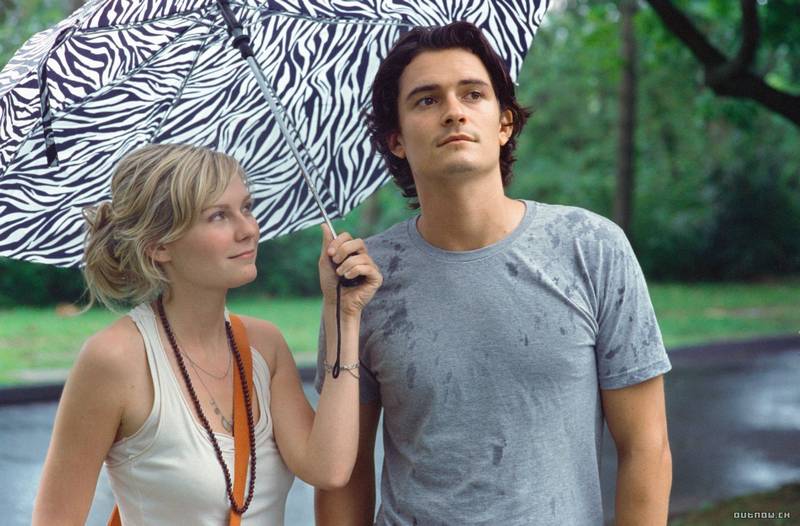
Here lies the very crux of the problem. The female characters, like Natalie Portman in Garden State or Kristen Dunst in Elizabethtown, with wacky ideas, spontaneous personalities and far-reaching dreams are limited in their complexities and instead aid the journey of ‘self–discovery‘ of their male love interest. Their characters exist as a projection of a fantasy turned into a plot point.
A second point of contention is that the ‘eccentricity‘ showcased by directors is often defined by coloured hair, ‘unconventional‘ taste in music and a unique take on life. Her ‘eccentricity‘ never impinges on her conventional beauty and her defining feature is that the male character has ‘never met someone like her‘ before.
She is in many ways ‘not like other girls.’ However, it is worthy of note that these so-called eccentric features attributed to the character are very mundane features that any woman could possess. The idea that such features are ‘out of the ordinary‘ speaks to how the MPDG’s adorable weirdness is so uninformed of the complex lives of real women.
The female characters, like Natalie Portman in Garden State or Kristen Dunst in Elizabethtown, with wacky ideas, spontaneous personalities and far-reaching dreams are limited in their complexities and instead aid the journey of ‘self–discovery‘ of their male love interest. Their characters exist as a projection of a fantasy turned into a plot point.
However, despite being coined to call out a unidimensional misogynistic trope in media, the phrase became a way of marginalising people who possessed any of the ‘uncommon‘ traits of the MPDG. It has been indiscriminately used to trivialise many female film characters and even real people as in the case of actor Zoey Deschanel. Nathan Rabin even apologised for coining the phrase which became a vehicle for even more sexism.
2. The Cool Girl
Amy Dunn’s character from Gone Girl played by Rosamund Pike, popularised the ‘cool girl‘ monologue. The cool girl is a trope which showcases a woman who is mostly ‘one of the guys.‘ She is low-maintenance and entirely effortless. She likes beer and pizza and enjoys sports without ever transcending the conventional beauty standards. She is an all-in-one package who enjoys what her male love interest does and finds no fault in his callous behaviour.
Over time, the cool girl has come to reflect and shape a very prominent standard that women are expected to comply with. The expectation that women should effortlessly embody the perfect blend of attractiveness, and independence while conforming to male desires, is both limiting and reductive. It places undue pressure on women to mould themselves into an idealised version of femininity that caters to male expectations. By prioritising the wants and desires of men, the “cool girl” diminishes her autonomy and perpetuates the idea that women should exist solely to please and accommodate men.
Once again, performing the cool girl act requires one to put down ‘feminine’ interests or anything remotely ‘girly.’ It is not only a damaging and tiresome standard that the ‘cool girl’ herself has to bear but it also creates hierarchies among women and compartmentalises them based on male desirability.
However, as with the Manic Pixie Dream Girl, the title of the cool girl or ‘pick-me‘ has been used for anyone with interests in sports or any other field men have a monopoly over. Such usage implies that women cannot have a host of interests and once again falls into the same traps
3. The Girl Next Door (GND)
Betty from Riverdale, Pam Beasley from The Office, and Rory Gilmore from Gilmore Girls. These are just some examples of the trope of the Girl Next Door. She is typically depicted as wholesome, and kind-hearted, and often embodies traditional values. She is characterised as having a natural beauty that is more understated compared to other female characters. This archetype is often associated with innocence, purity, and being the ideal romantic partner or ‘wife material.‘
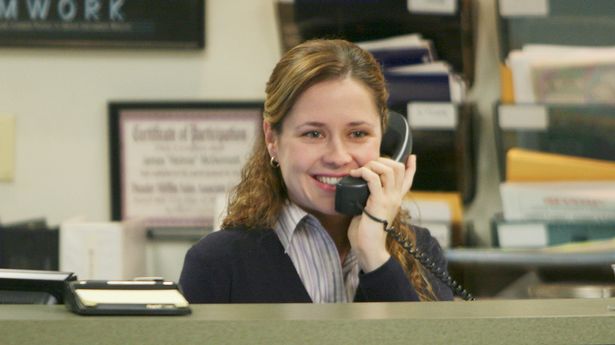
The appeal of the GND lies in her familiarity and relatability. The character is often portrayed as the type of woman who is easy to connect with. She is down-to-earth and modest. Very often, she is presented against a more ‘vapid bad girl‘ who may be the initial attraction of the male character but ends up with the GND in the end. She depicts the virginal girl who by her purity wins the ultimate deal: marriage.
Such a trope hierarchises women as ‘good girls‘ and ‘bad girls‘ and governs sexual behaviour. It also describes what kind of sexual treatment a girl ‘deserves‘ based on how she presents herself. Devoid of any transgressions, she is nurturing, non-threatening, and often supportive of the male protagonist’s goals and desires.
4. The Femme Fatale
Not all tropes reveal male fantasies, some reveal male anxieties too. The trope of the Femme Fatale or ‘deadly woman‘ is one such example. This character is a deadly combination of intelligence, charm, mystery, confidence, and sexuality. She has an air of danger about her and she uses her allure to manipulate the desires and vulnerabilities of others for her own goals or to enact revenge. Men are most often at the receiving end of her deceit and this trope is employed to portray a vamp who is a seductress.
While this trope showcases the evils of agency, it also hypersexualises the femme fatale for a male audience. She becomes a selling point for commercial films.
Her ability to wield her sexuality for personal gain and her independence is viewed with derision while also showcasing her as an object of affection. It reinforces the idea that women with the agency over their sexuality are villains who must be feared and disciplined. She is meant to be brought down by the main character. However, while this trope showcases the evils of agency, it also hypersexualises the femme fatale for a male audience. She becomes a selling point for commercial films.
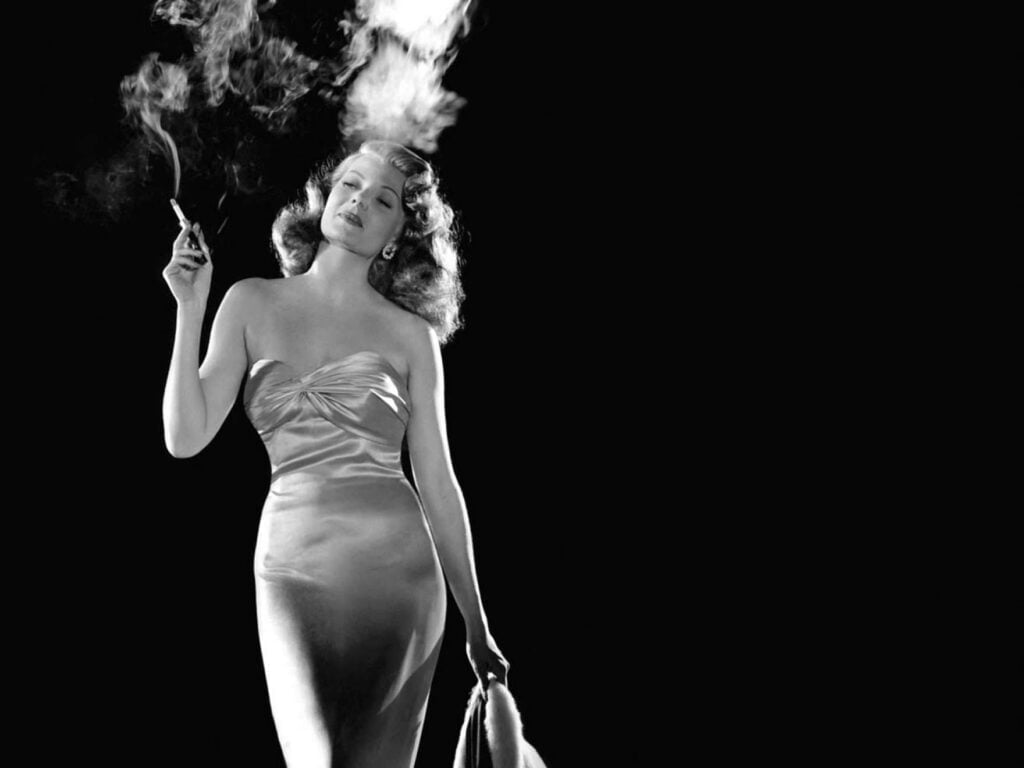
This trope possesses great potential for subversion and in recent times it has been reinterpreted in many ways to showcase female rage, revenge and dynamism. More complex challenges to power dynamics are provided to audiences as seen in the case of Villanelle from ‘Killing Eve.’
This subversion shows us that filmmakers and storytellers can provide a more inclusive and authentic representation of women, breaking away from limiting stereotypes and embracing the complexity of female characters.
About the author(s)
Sakshi (she/they) is a student pursuing History at St. Stephen's College, Delhi University. They are interested in issues of gender, sexuality, education and culture. They love game nights, a good film and a sleeping in.
